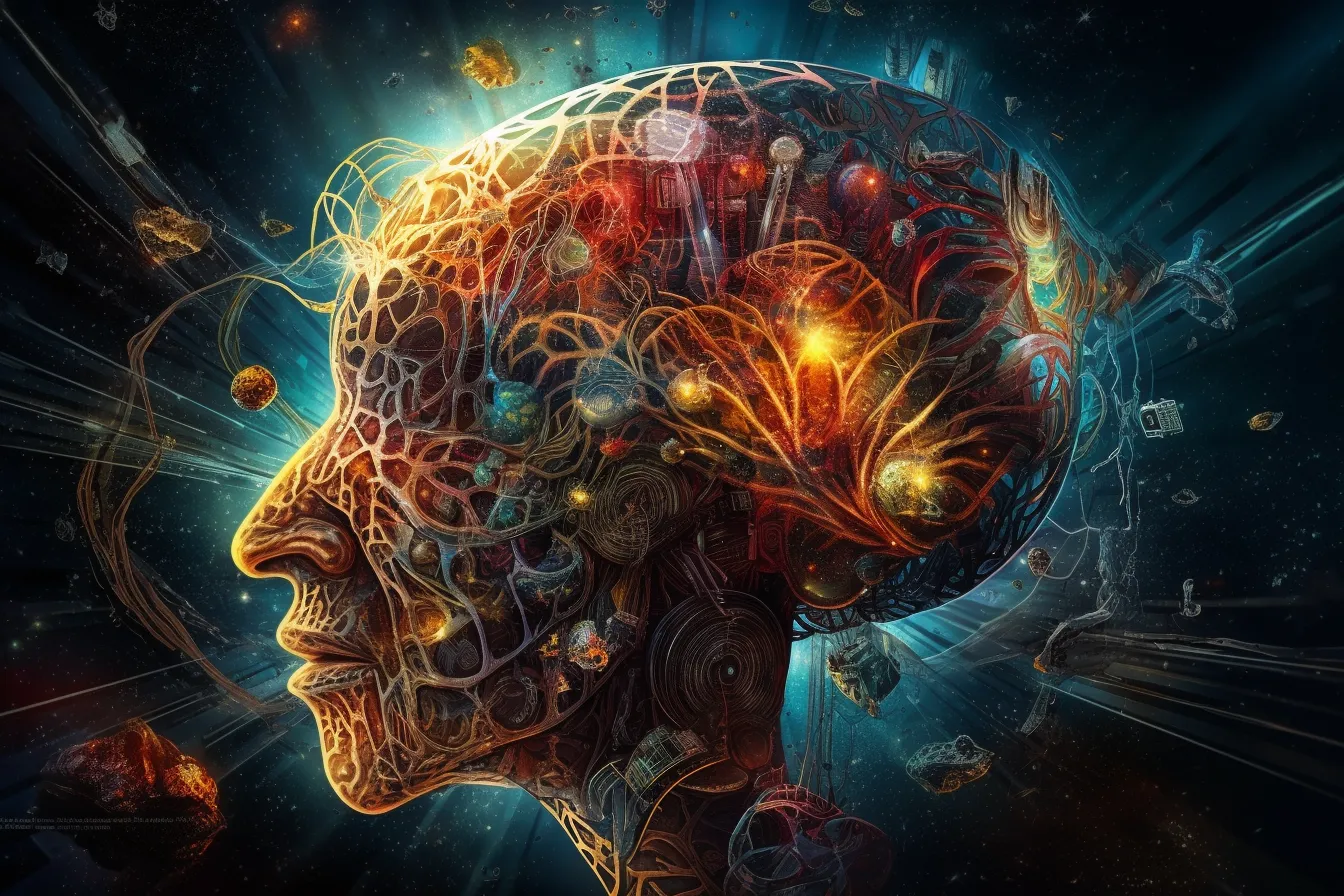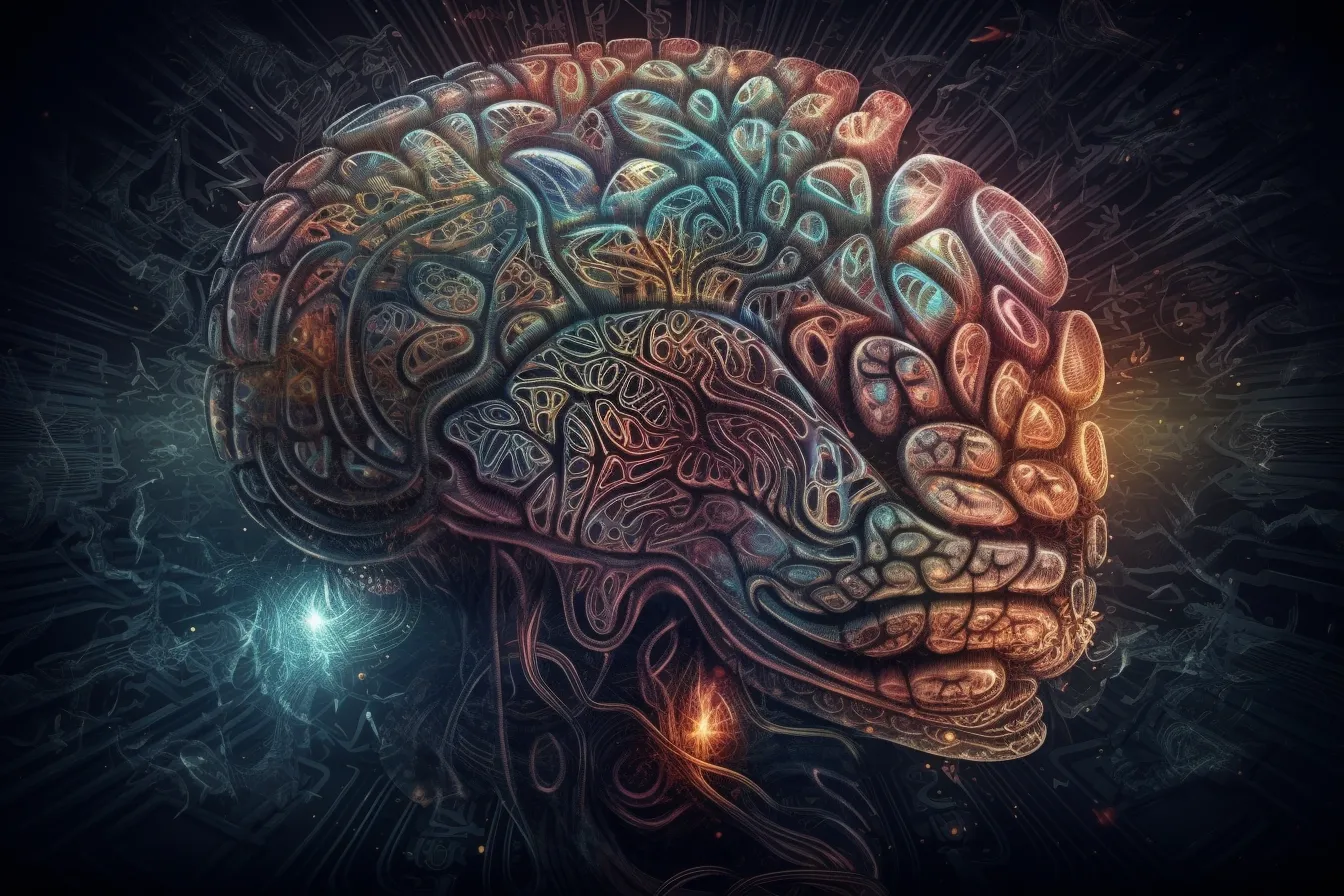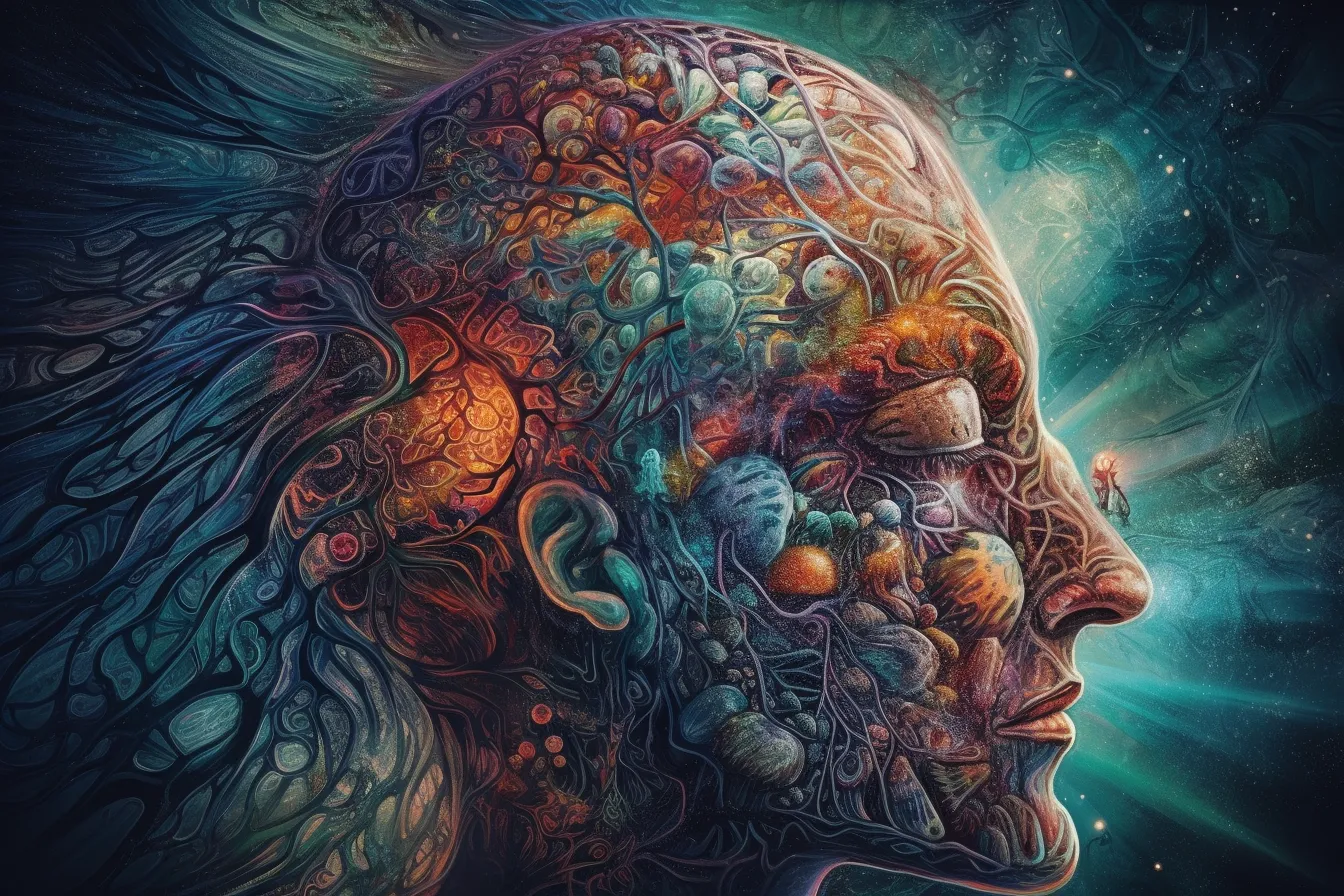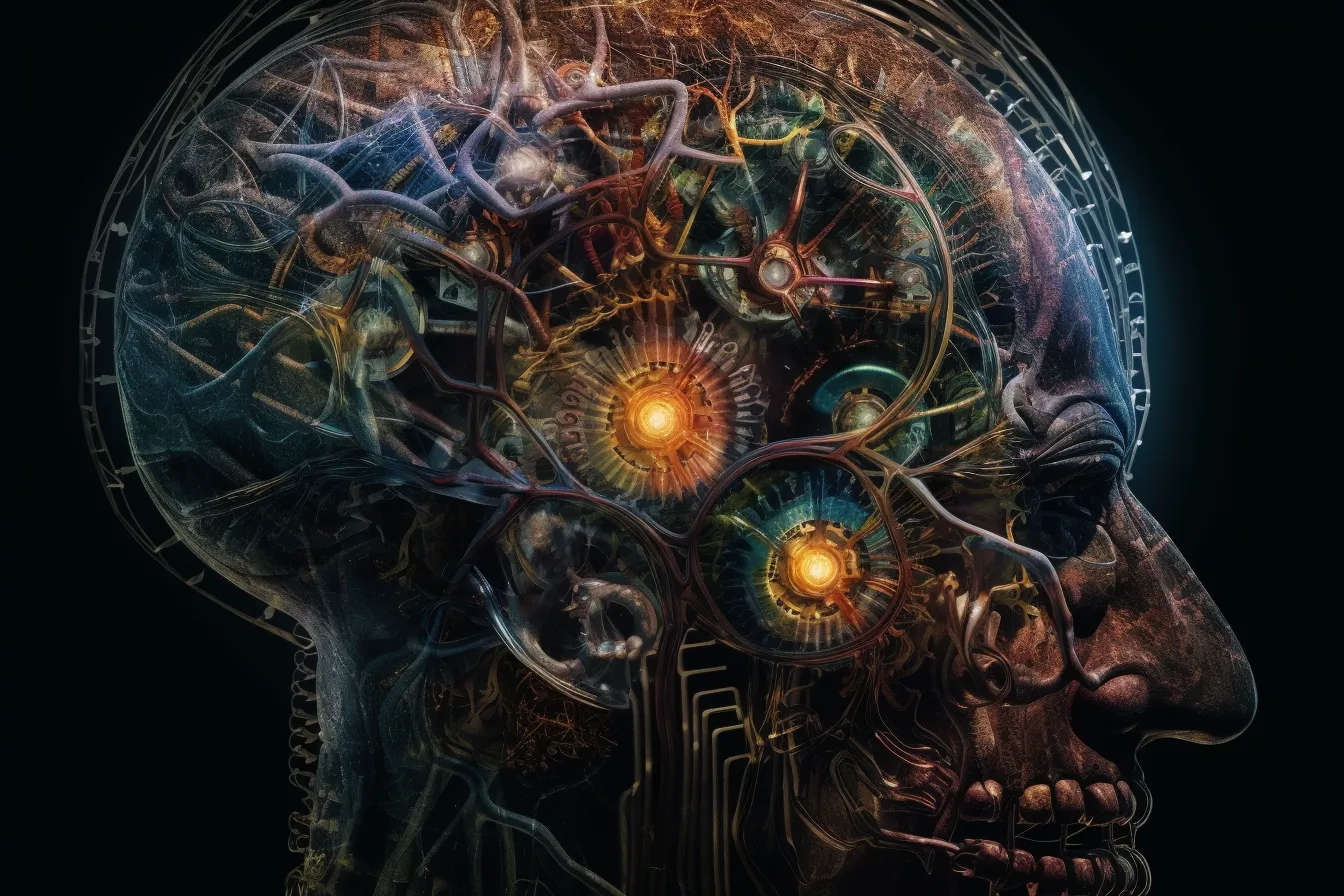
- February 7, 2024
- 106 Views
The Mysterious Molecule: DMT and Its Fascinating Effects on Mindfulness

In the domain of trippy compounds, few substances provoke as much fascination and interest as dimethyltryptamine, or DMT. Often dubbed as the “spirit molecule,” DMT has enthralled the creativity of academics, spiritual questers, and curious thinkers alike. Its powerful effects on consciousness have prompted a wave of scientific exploration aimed at solving the puzzles of this enigmatic substance.
Understanding the Neural Mechanisms
At the forefront of DMT research is the exploration of its effect on the human brain. Neuroscientists are investigating the intricate neurological mechanisms underlying DMT’s effects, striving to understand how it alters perception, cognition, and consciousness itself.
One key aspect of DMT’s action is its potent interaction with serotonin receptors in the brain. Serotonin, often termed the “feel-good” neurotransmitter, plays a crucial role in controlling mood, perception, and cognition. By binding to specific serotonin receptors, DMT triggers a flood of neural activity, leading to profound alterations in consciousness.
Studies using advanced imaging techniques such as functional magnetic resonance imaging (fMRI) and positron emission tomography (PET) have provided valuable insights into the neural correlates of DMT-induced states. These studies show widespread changes in brain connectivity and activity, particularly in regions associated with introspection, self-awareness, and emotional processing.
Exploring Transformed States of Consciousness

DMT’s ability to induce altered states of consciousness has been likened to entering a dimension of kaleidoscopic visions, profound insights, and mystical experiences. Researchers are intrigued by the parallels between DMT-induced states and those reported in various religious and spiritual traditions, suggesting that DMT may offer a window into the nature of consciousness itself.
One theory proposes that DMT may act as a catalyst for accessing non-ordinary states of consciousness, allowing individuals to explore realms beyond the constraints of everyday perception. These experiences, often described as “breakthroughs,” can be profoundly transformative, leading to shifts in worldview, enhanced creativity, and a greater sense of interconnectedness.
The Curative Potential of DMT

Beyond its role as a tool for exploring consciousness, DMT holds promise as a therapeutic agent for treating a range of mental health conditions. Preliminary research suggests that DMT-assisted therapy may be effective in alleviating symptoms of depression, anxiety, and post-traumatic stress disorder (PTSD).
One proposed concept involves DMT’s capacity to promote brain plasticity, the brain’s capacity to rearrange and form new brain connections. By supporting neuroplastic processes, DMT may help individuals surpass entrenched patterns of thought and behavior, leading to lasting remedial benefits.
Moreover, DMT’s profound psychotherapeutic effects may come from its capacity to induce phases of ego dissolution, allowing patients to rise above limiting beliefs and access deeper strata of the psyche. This dissolution of the ego can promote feelings of unity, compassion, and interconnectedness, which are vital for healing and personal growth.

Conclusion: Journeying into the Core of Consciousness
As our understanding of DMT continues to evolve, so too does our appreciation for its profound impact on the human brain and psyche. From unraveling the intricate neurological mechanisms to exploring its therapeutic potential, DMT represents a gateway to uncharted territories of consciousness.
As we go deeper into the science of DMT, we may unlock new insights into the nature of reality, consciousness, and the human experience. Whether used as a tool for self-exploration, a catalyst for therapeutic healing, or a subject of scientific inquiry, DMT invites us on a journey into the heart of consciousness, where the mysteries of the mind await to be discovered.